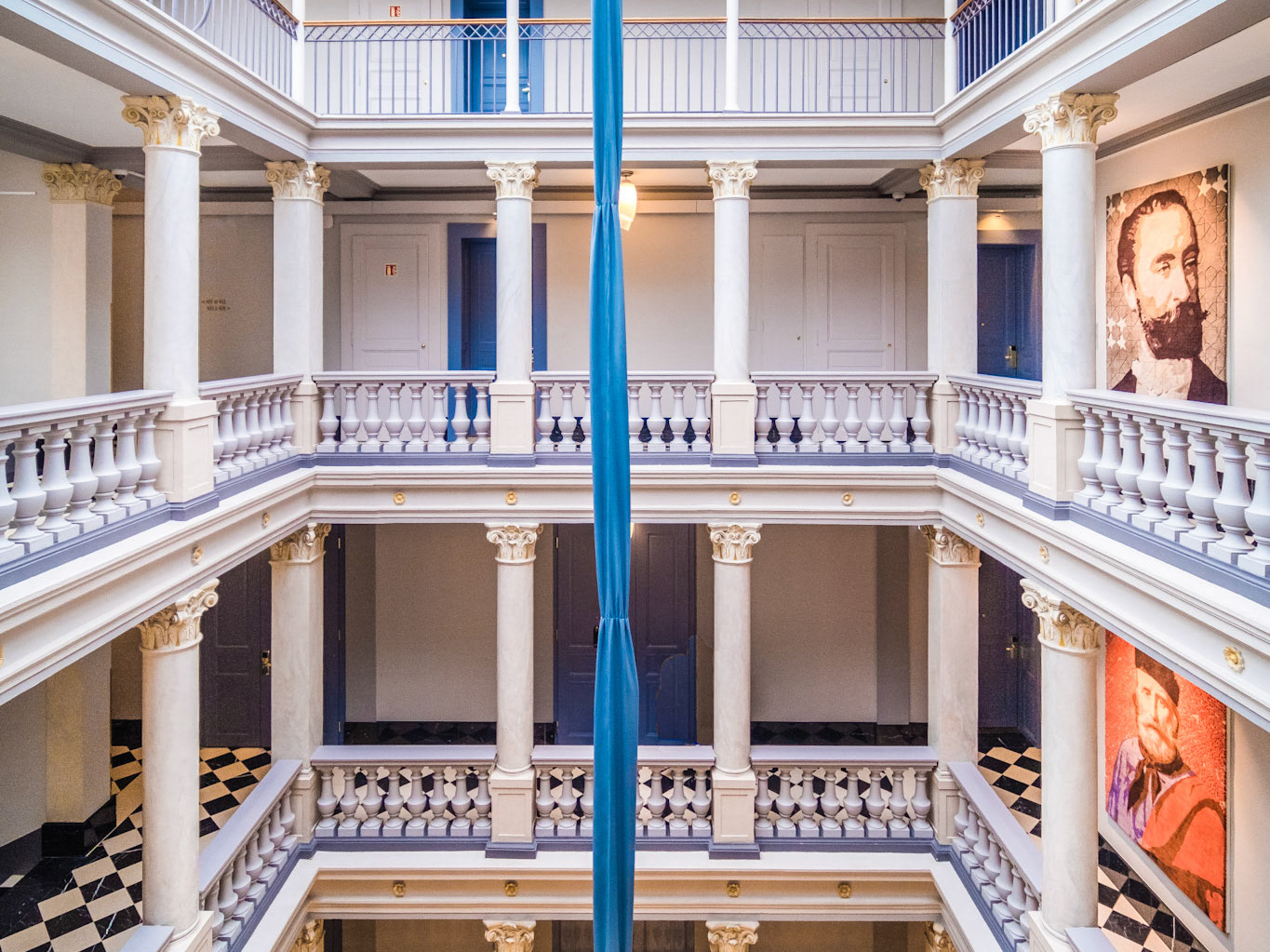
Ritz-Carlton Hôtel de la Paix
Geneva
1865, extended 1908
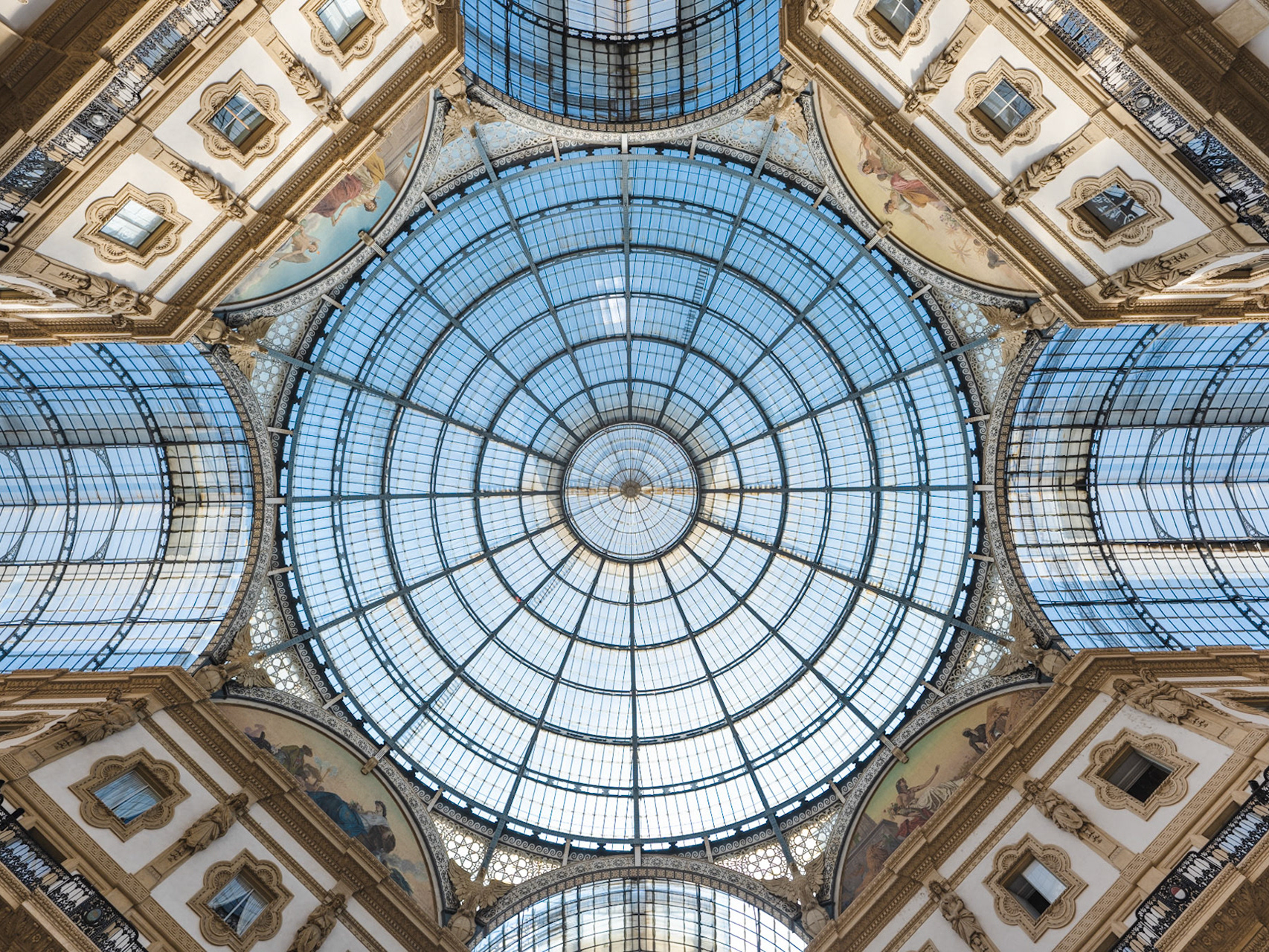
Galleria Vittorio Emanuele II
Milano
1865 - 1877
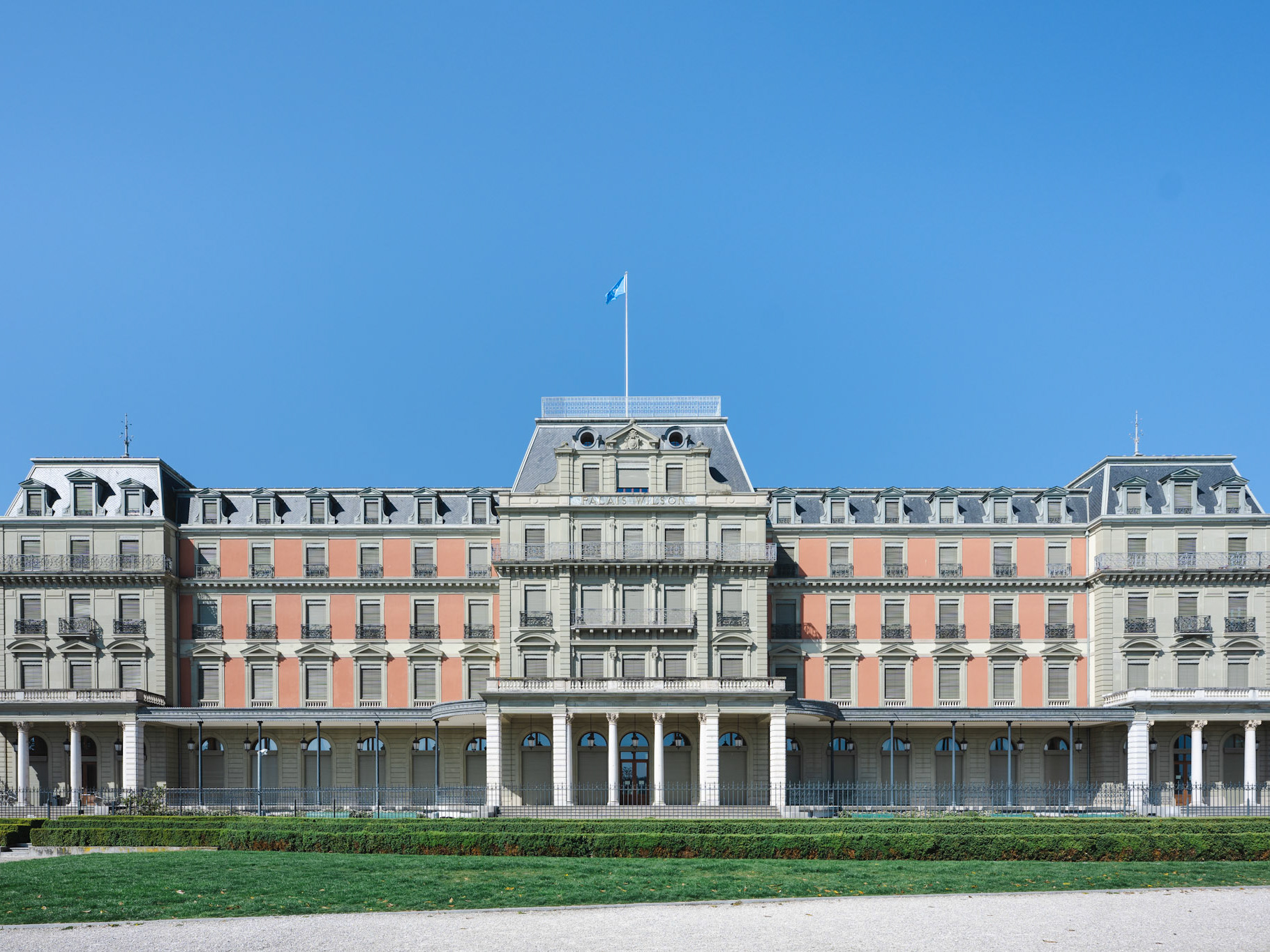
Palais Wilson
Geneva
1873 - 1875

Kunstmuseum Thun
Thun
1875
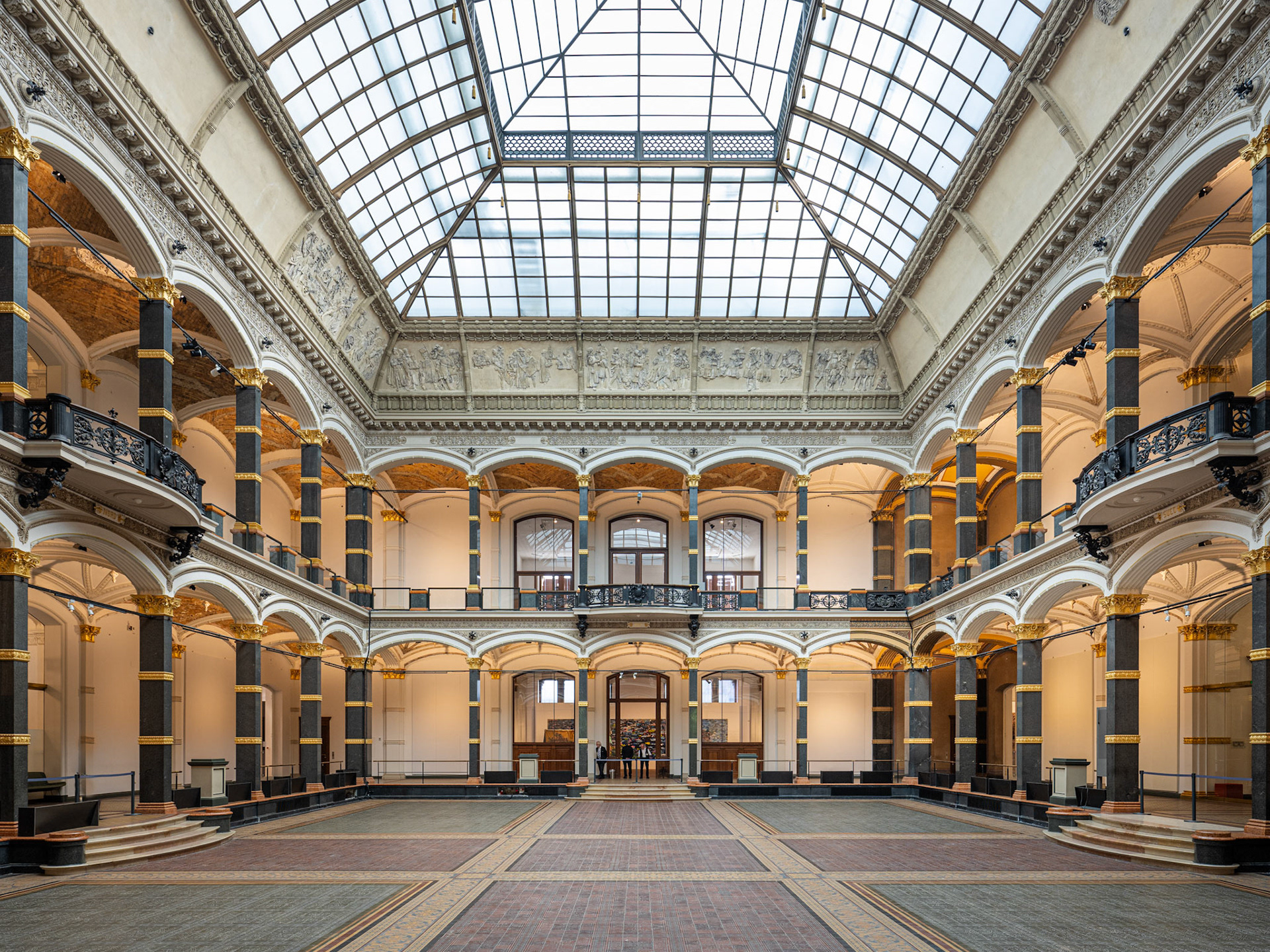
Gropius Bau
Berlin
1877 - 1881

Reichstag
Berlin
1884 - 1894, redesign 1995 - 1999

The Passage
The Hague
1885, 1929
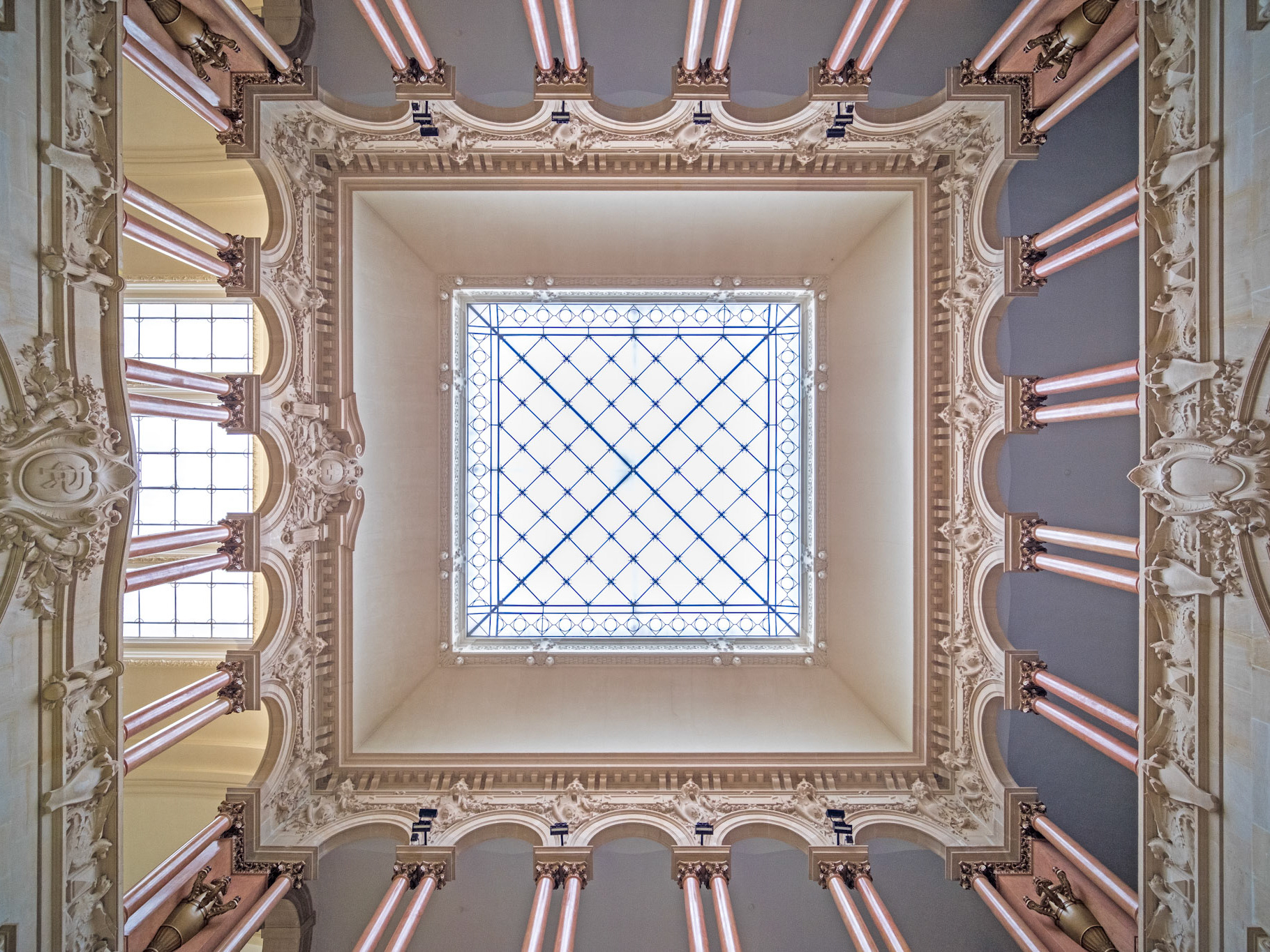
Palais de Rumine
Lausanne
1892 - 1902
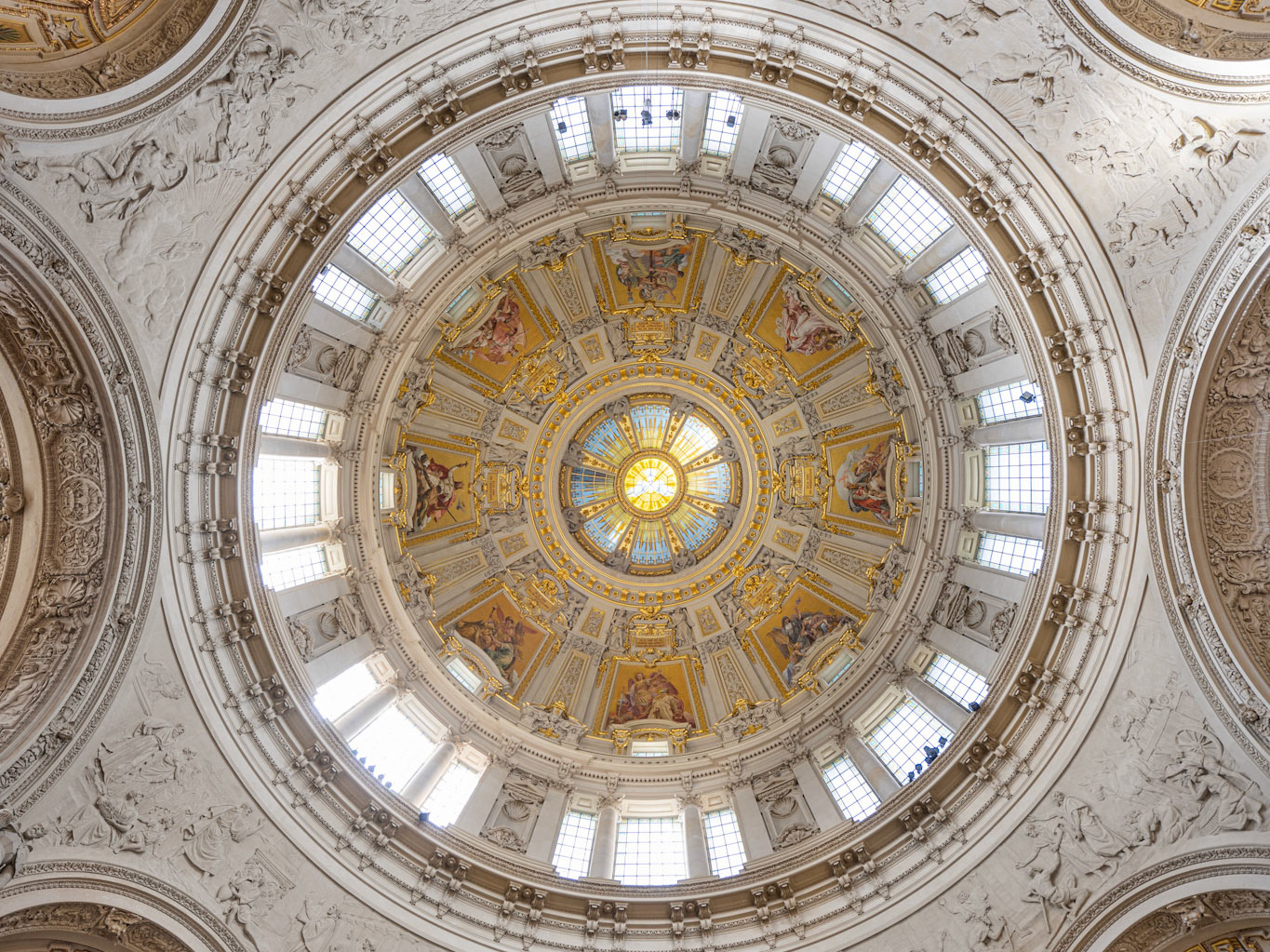
Berliner Dom
Berlin
1894 - 1905
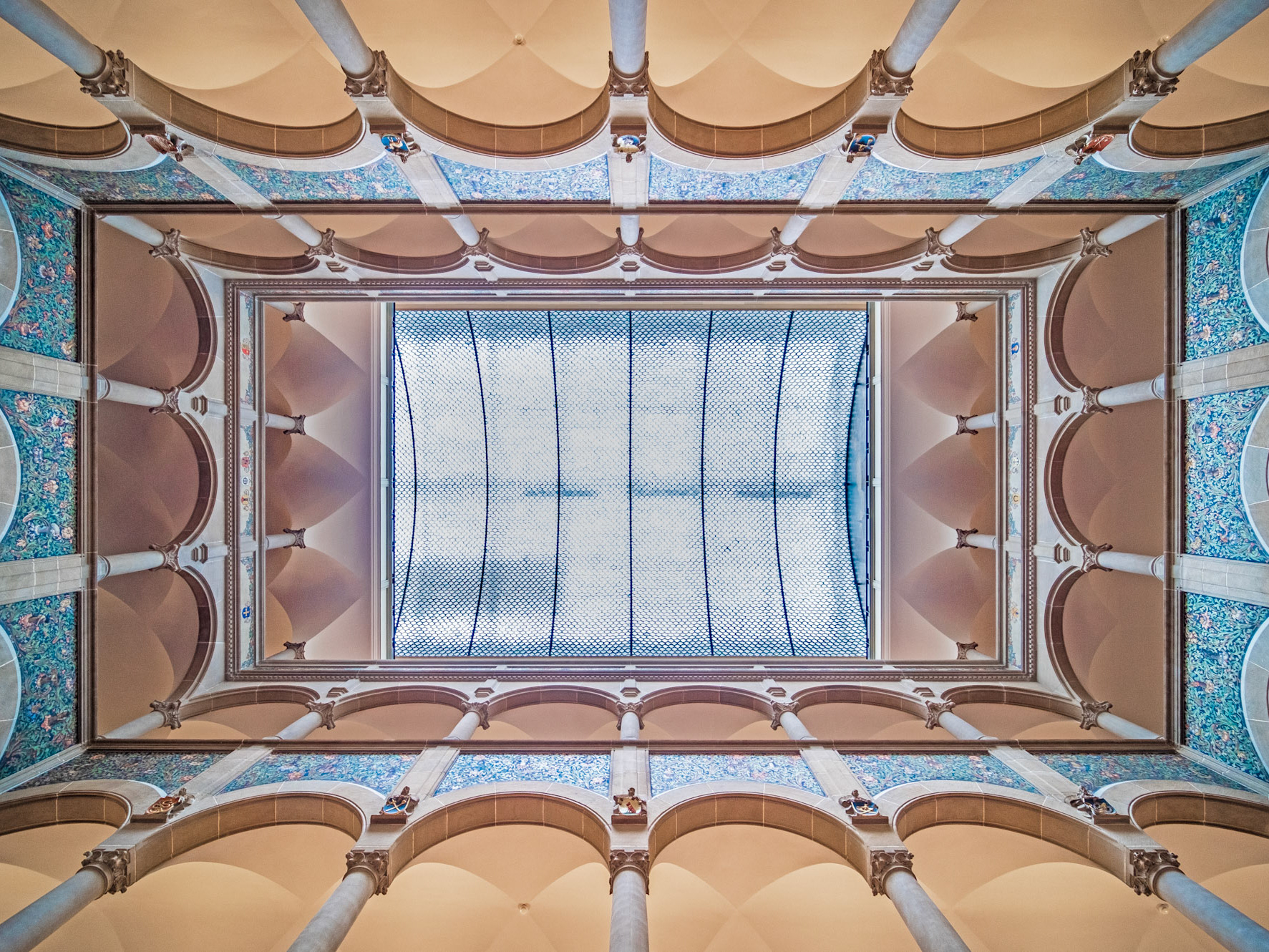
Stadthaus Zürich
Zürich
1900

BCV Place Saint-François
Lausanne
1900 - 1904
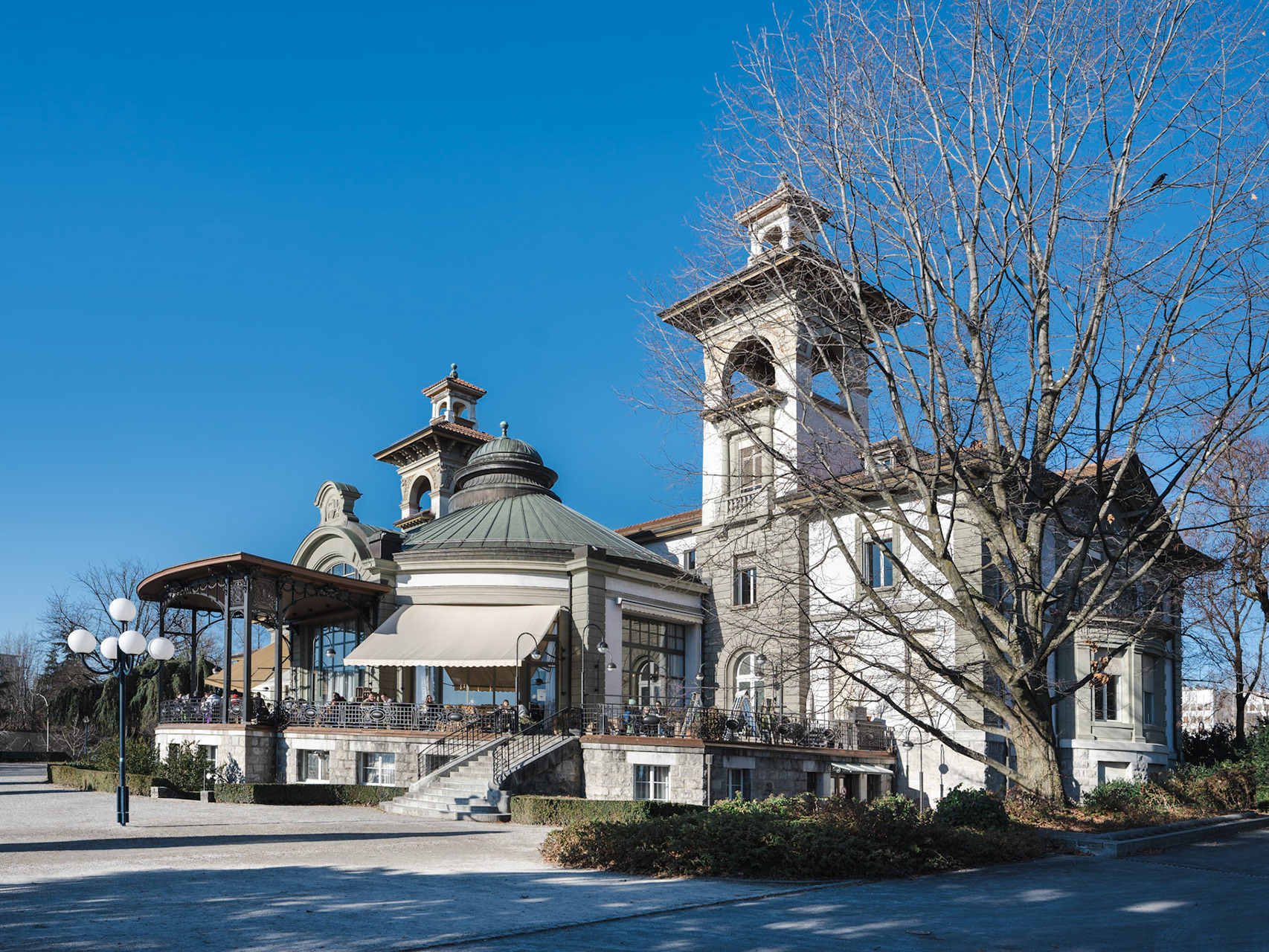
Casino de Montbenon
Lausanne
1908 - 1909
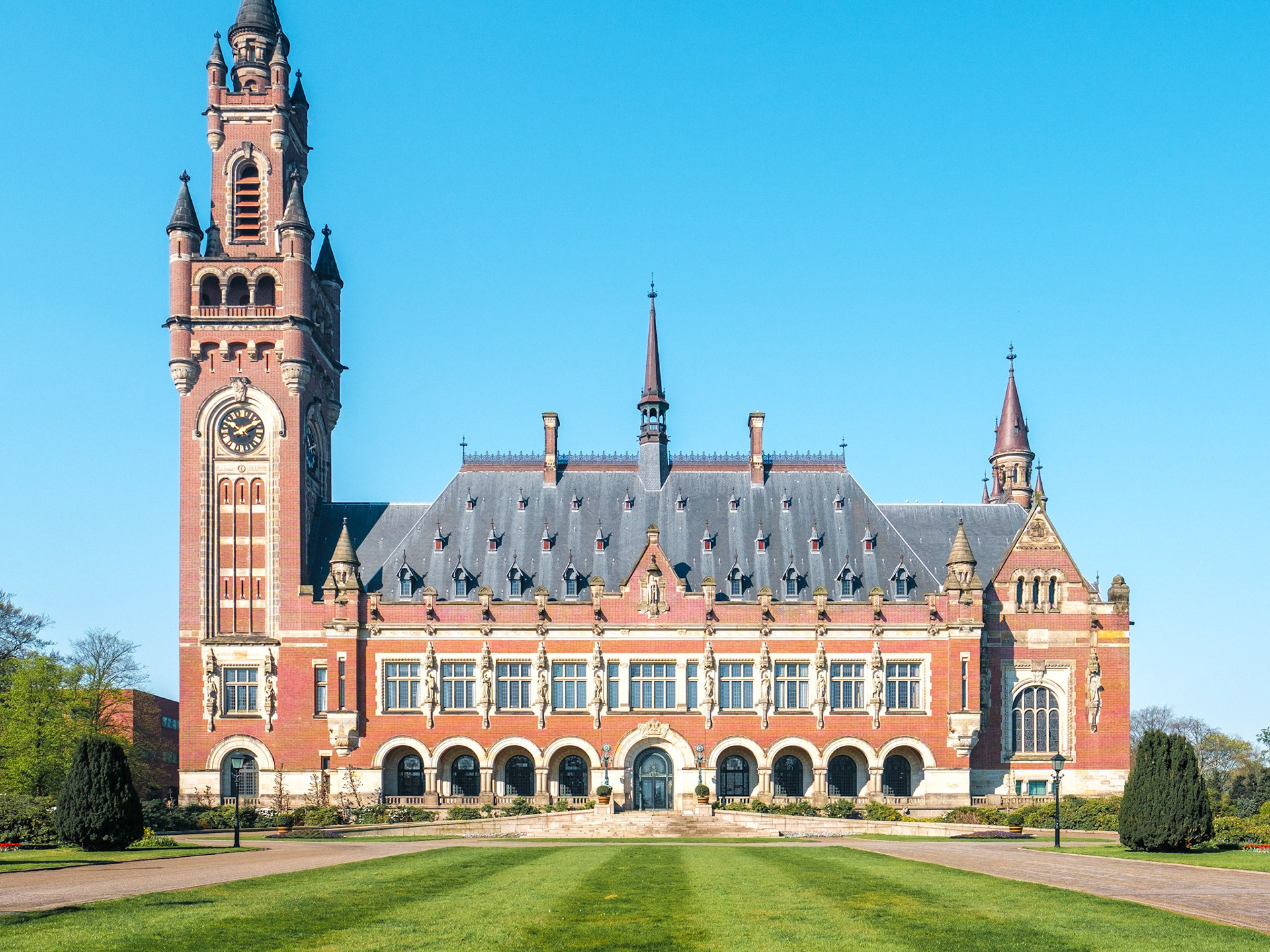
Peace Palace
The Hague
1913